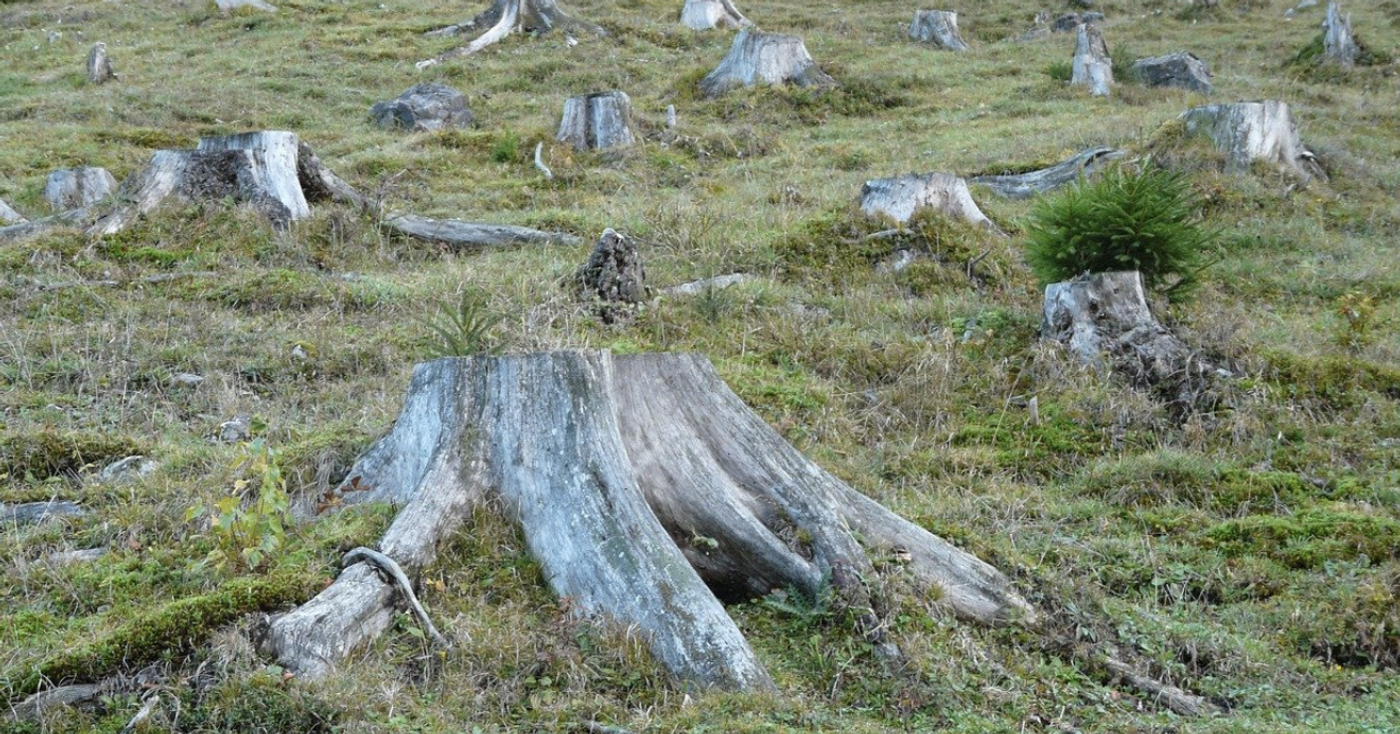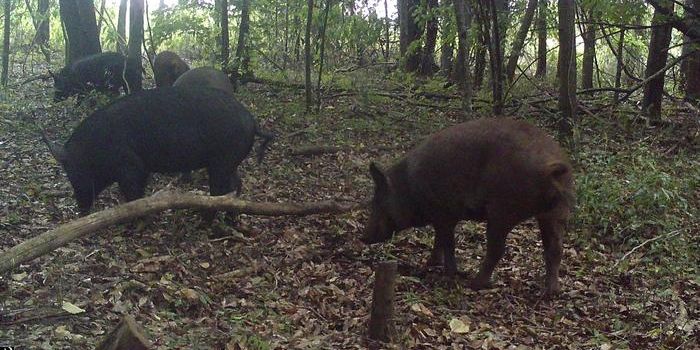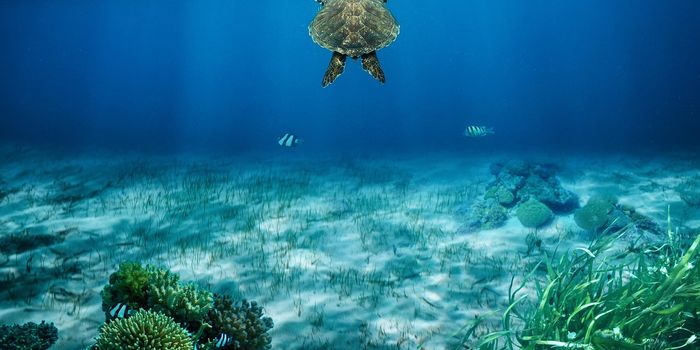In 10 Years, Brazilian Amazon Emitted More Carbon Than it Absorbed
New work in Nature Climate Change has determined that in the last decade, the Brazilian Amazon released over 20 percent more carbon dioxide than it absorbed. Between 2010 and 2019, the Amazon basin in Brazil is estimated to have emitted 16.6 billion tons of carbon dioxide (CO2) while it took up around 13.0 billion tons. This work factored in the CO2 that's collected and stored as the rainforest grows, and what is put back out when it's cut or burned down. Those emissions demonstrate that humanity can't rely on the world's largest tropical forest to absorb the carbon we put into the atmosphere.
Scientists have been warning for some time that the Amazon could eventually turn from an absorber to an emitter of carbon dioxide. "We half-expected it, but it is the first time that we have figures showing that the Brazilian Amazon has flipped, and is now a net emitter," said study co-author Jean-Pierre Wigneron, a scientist at France's National Institute for Agronomic Research (INRA). He told the AFP that "We don't know at what point the changeover could become irreversible."
Satellite data was analyzed using new methods to show that degraded forests are an even bigger source of CO2 than deforestation. Degradation is caused by things like selective cutting and fragmentation of the forest, as well as fires that burn but don't destroy.
The researchers also found that fires and clear-cutting have increased since 2019, and are now about four times higher than in previous years. Deforestation has risen from about one million hectares to 3.9 million hectares per year.
"Brazil saw a sharp decline in the application of environmental protection policies after the change of government in 2019," the INRA noted in a statement.
About half of the world's tropical rainforests are in the Amazon, and for many years it has absorbed carbon emissions while they have steadily increased. The ocean and other terrestrial ecosystems like soil have also been absorbing it. Tropical rainforests have been better at taking up and retaining carbon than other vegetation. If we lose the Amazon's 'carbon sink,' it will be that much more challenging to confront the climate crisis.
This study focused on the Amazon that is located in Brazil, which makes up about 60 percent of the rainforest in the region. Taking the entire Amazonian area into account, which is spread over several countries, the research estimated that carbon input and output are probably about equivalent. That balance may not last, they warned. "...in the other countries with Amazon rainforest, deforestation is on the rise too, and drought has become more intense," said Wigneron.
The Amazon is rethought to be a tipping point in the Earth's climate. If certain limits are exceeded, the rainforest might dry out and turn into a savannah, studies have suggested.
Sources: Phys.org, Agence France-Presse (AFP), Nature Climate Change









